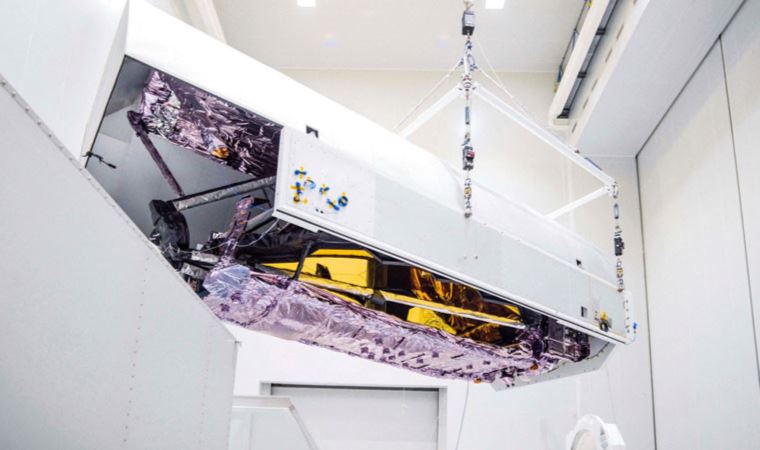Launched with the European Space Agency’s Ariane 5 cargo rocket on December 25, the observation vehicle is the most powerful space telescope ever.
The telescope will replace the Hubble Space Telescope, which has been observing deep into space since 1990. However, unlike Hubble, which has been in operation for 30 years, the minimum mission period of the new telescope was thought to be 5 years.
In NASA’s new statement, it was stated that the telescope currently has enough fuel to operate for at least 10 years.
The aforementioned determination emerged with an analysis by NASA researchers.
“Our analysis shows that less propellant than originally planned is needed to get Webb into its final orbit,” the officials said.
“As a result, Webb will have much more propellant than we anticipated. However, there are many factors that can ultimately affect Webb’s uptime.”
Named after former NASA administrator James Webb, the telescope had to fire its engines a total of three times to reach its final destination.
Two of them have been completed. The last one will take place about a month after launch and will be the final step in the deployment process of the telescope to its planned destination.
At the end of the process, the telescope will be deployed to L2, 1.5 million kilometers from Earth. This means that the vehicle will be 4 times further from the planet than the Moon.
It will take 6 months for James Webb to be ready to observe the universe with all his devices.
WHAT WILL JAMES WEBB DO IN SPACE?
As early as the launch of Hubble, astronomers sought a powerful telescope to replace it. After discussions and plans, the construction process of the James Webb Space Telescope began in 2004.
More than 10 thousand people worked on the project and its budget gradually increased, reaching approximately 10 billion dollars.
The telescope asks, “Is the Earth unique?”, “Are there other planetary systems similar to it?” and “Are we alone in the universe?” It will go after questions that are considered very basic but have not yet been fully answered.
The probe will study widely disparate exoplanets, probe atmospheres similar to Earth’s in hopes of finding the building blocks of life, and try to detect organic molecules on other planets.
Another purpose of the telescope is to provide a better understanding of the evolution of stars. Observing in infrared light, the vehicle will act as a time machine.
Scientists examining very distant celestial objects using powerful telescopes have the opportunity to “look back in time”, as the time for the light from the related celestial body to reach the Earth is longer.
According to NASA officials, the James Webb Space Telescope is powerful enough to observe 13.5 billion years ago, when the universe was newly formed.
Source: The Independent
–


